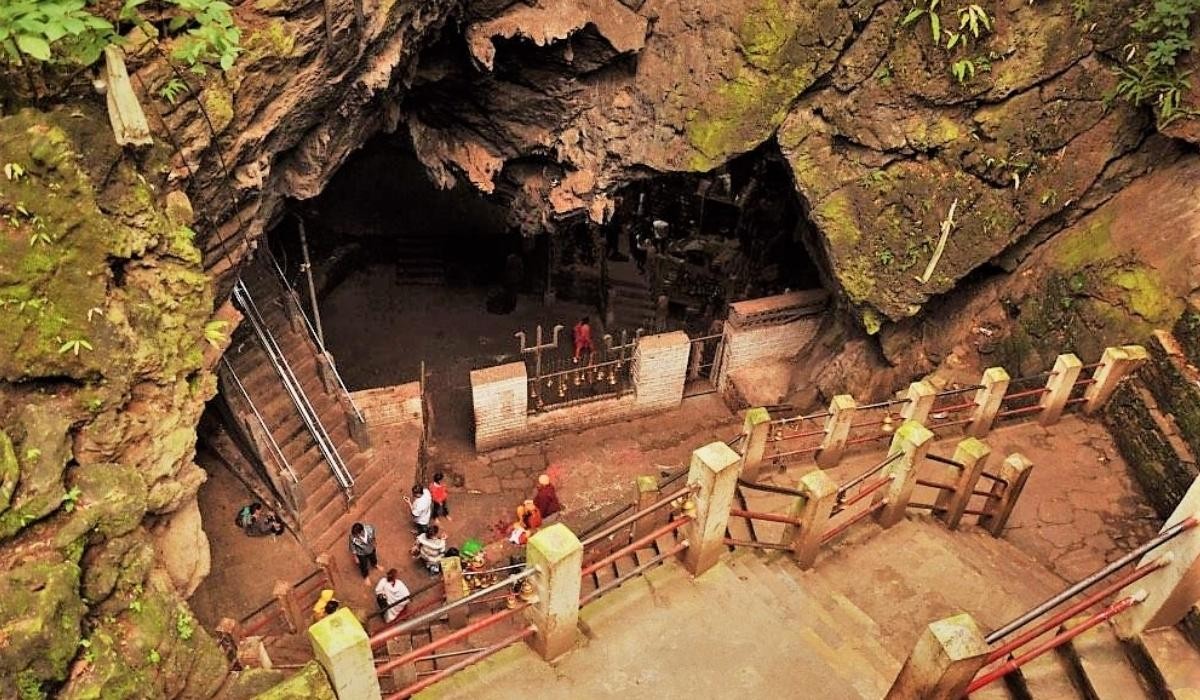Halesi and Maratika Caves

Halesi and Maratika Caves are two important pilgrimage sites located in the eastern region of Nepal. Both places hold great religious and cultural significance for Hindus and Buddhists. It is not only popular among Nepalese and Indian travelers but also is famous among Bhutanese. They have quite a good connection with Maratika Caves rather than Halesi.
Halesi
Halesi is a remote village located in the Khotang district of Nepal, about 234 km east of Kathmandu. It is a sacred site for Hindus and Buddhists alike and is believed to be the place where Lord Shiva went into hiding from the demon Bhasmasur.
Halesi Mahadev Temple, a famous cave temple, is located here, and it is believed that Lord Shiva appeared in this cave and granted a boon to his devotees. The cave is also home to several other deities, including Lord Ganesha, Goddess Parvati, and Nandi, the bull.
Going to Halesi, not only gives you religious fulfillment but also gives you an opportunity to get near nature. The area around Halesi is quite popular for its natural beauty. You can have glimpses of lush green forests, waterfalls, and rivers from there.
Maratika Caves
Maratika is another sacred site located in the Solukhumbu district of Nepal, about 185 km east of Kathmandu. It is considered to be one of the most important pilgrimage sites for Buddhists, especially those who practice Vajrayana Buddhism.
It is believed that Guru Rinpoche (Padmasambhava) attained the state of immortality or “Mahamudra” in a cave located in Maratika. This cave is known as the Maratika Cave or the Halesi-Maratika Cave. The cave is also home to several other deities, including the goddess Tara, Guru Rinpoche, and Chakrasamvara. Maratika is also home to several monasteries, including the Maratika Monastery and the Yolmo Monastery.
Both Halesi and Maratika are important pilgrimage sites that attract thousands of devotees every year. They offer visitors an opportunity to experience the rich cultural and religious heritage of Nepal and the natural beauty of the region.
Best time to visit Halesi and Maratika Caves
The best time to visit Halesi is during the months of March to May (spring season) and September to November (autumn season). During these months, the weather is generally favorable, with clear skies and moderate temperatures.
The monsoon season from June to August can make travel difficult due to the possibility of landslides and road closures. Similarly, the winter season from December to February can be very cold, especially in the early morning and evening, and there is a chance of snowfall which can make travel difficult. Therefore, the spring and autumn seasons are the best times to visit Halesi for a comfortable and enjoyable trip.
How to reach Halesi?
Halesi Mahadev Temple is located in the Khotang district of Nepal, about 234 km east of Kathmandu. To reach Halesi, you can follow these modes of transportation:
By Road: The most common way to reach Halesi is by road. You can take a bus or hire a private vehicle from Kathmandu to reach Halesi. The journey takes about 10-12 hours depending on the road conditions and traffic. The road passes through several towns and villages, offering scenic views of the countryside.
By Air: The nearest airport to Halesi is Lamidanda Airport, which is located about 22 km from the Halesi Mahadev Temple. From Kathmandu, you can take a domestic flight to Lamidanda Airport, and then take a taxi or bus to reach Halesi.
By Trekking: Halesi is also accessible by trekking from several towns and villages in the surrounding area. The most common trekking route is from Khotang or Salleri, which takes about 3-4 days to reach Halesi. This option is suitable for those who want to experience the natural beauty of the region and have more time to explore the area.
Whichever mode of transportation you choose, it is recommended to plan your trip in advance and hire a local guide or take a map to ensure a safe and comfortable journey.
